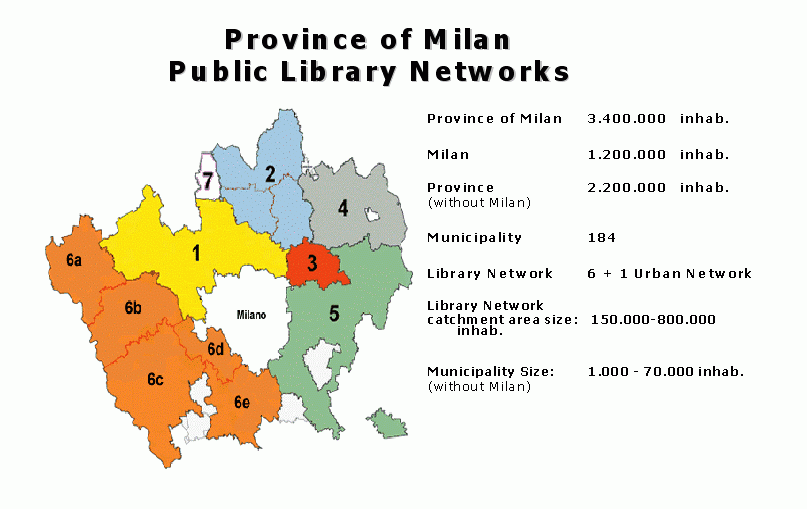
Reflections on bibliographic evaluation criteria and the need - current in every library structure - to well define the collection development policy are topics now consolidated in the Italian professional forum, even with a delay if compared to the Anglo-Saxon world.
It is recent, on the contrary, the attempt - relevant, in my opinion, on the national scene - to conjugate these subjects to a more general managerial and organizational approach applied to the "system library" on the whole [1]. In this sense, the concepts of collection management, collection development planning, collection evaluation and review, cooperation and acquisition choices coordination are extremely important. I believe that this method allows making concrete and practical these arguments.
Moving from that argument, the aim of this paper is to present the activity of the work group composed by representatives of some library systems of the Province of Milan [2] and to show the methodological path developed.
This path - shortly described in the next paragraphs - aims at sharing a methodology for collection development and management in cooperating public library networks, which have different levels of inner resource integration.
To refer more percisely to our reality, I will give a summary of the organization of the provincial library [3].

Before deepening the question, I think it is helpful to propose again two preliminary personal considerations [4] that somehow influence the whole approach of this paper and that can be so summarized:
Interests of the group in building qualitative and quantitative tools for collection management has resulted in the definition of the following goals:
In summary, we wanted to propose an organic (?) approach to collection management, which would help librarians to share a work method that defined and set a collection development path, and avoided personal choices and choices based on not unbiased data or in contrast with the mission of the public library.
The plan of operation - addressed to public libraries in suburban library systems of the Province of Milan - is mainly based on five methodological steps that I will shortly describe [5]:
a) Focusing on relations between the mission of the library and collections
We propose to identify and set what "the institutional scopes" of public library collections are, that is those subject areas that various guidelines and documents (IFLA Guidelines, Unesco Manifesto, national and regional laws) consider as compulsory in library collections. Outside those scopes, we believe that materials circulation rate must be the most important evaluation factor for cohesion and relevance of collections for users. We must precise that we refer to public libraries, not to preservation libraries.
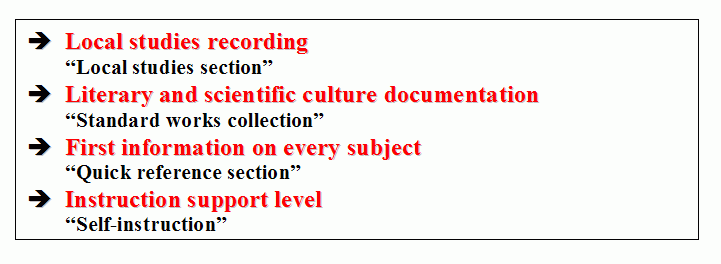
Tab. 1 - Institutional scopes of the collections
b) Definition of the community profile to which the library refers
Analysis of the main demographic and sociological factors of the community to serve (divided in 5 areas of analysis) represents an unbiased reference point towards which we must set the library service and consequently the collection profile.

Tab. 2 - Community analysis: the 5 macro-areas of analysis
c) Definition of the qualitative and quantitative collection development plan
In order to give quantitative unbiased information and related to the dimensions of the community, we will need to define a qualitative and quantitative collection plan, which assumes the following actions:
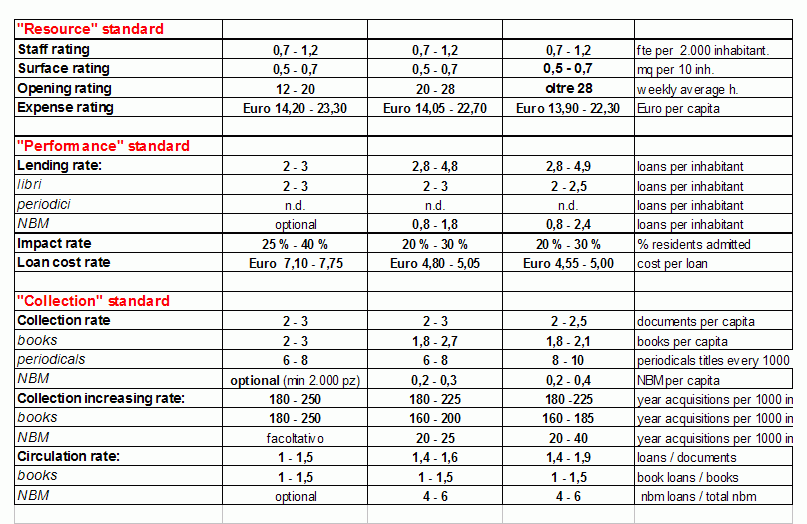
Tab. 3 - Families categorization and definition of standard goals
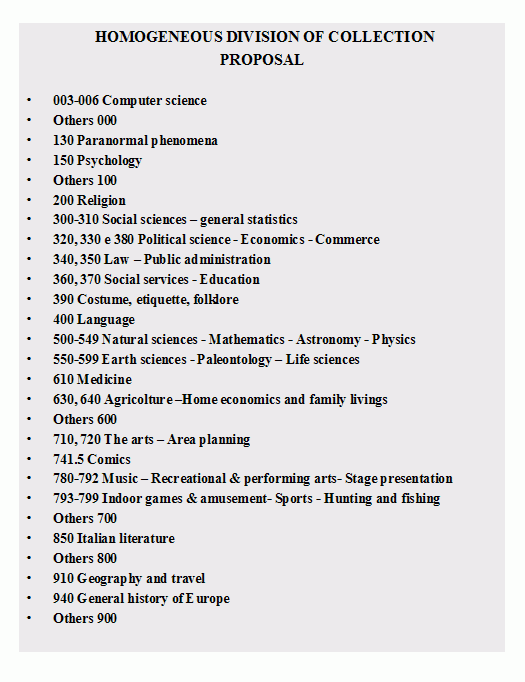
Tab. 4 - Homogeneous distribution of collections in 27 subject areas
d) Identification of subject areas over/under-sized and levels of intensity of collections
Analysis of circulation rates and estimation of balanced index of collections increasing, as divided according to the homogeneous distribution of collections, will allow to define which subject areas are oversized or undersized on a systemic scale (in table 5 we present the analysis made on the children collections (age 0-14) of Vimercatese Library System). Application of the Conspectus model, adequately adapted, will allow defining for every subject area and for every library, what must the planned level of collection intensity be (minimal information level, basic information level, study or instructional support level).
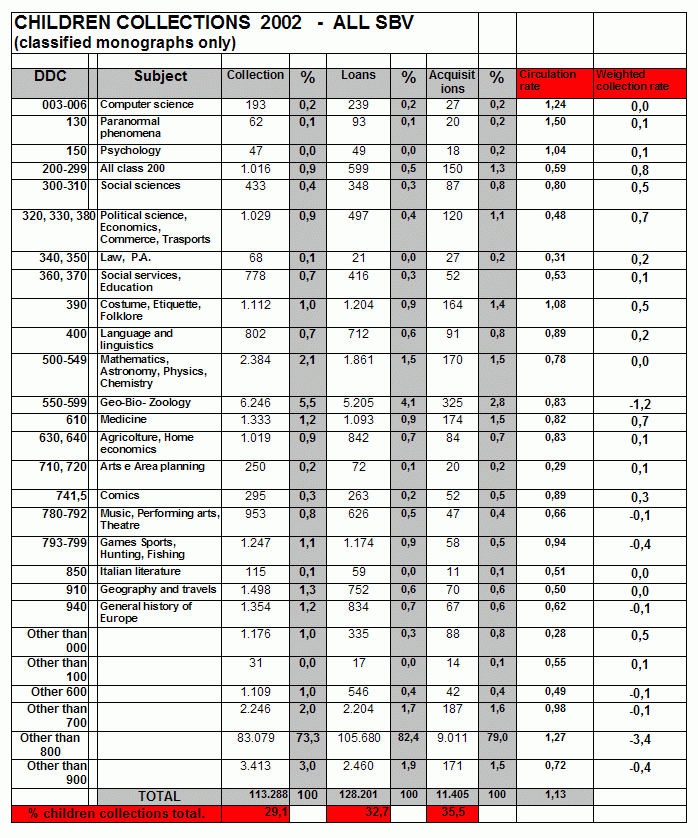
Tab. 5 - Rates of over-undersizing of the Children Collections of the Vimercatese Library System / Year 2002
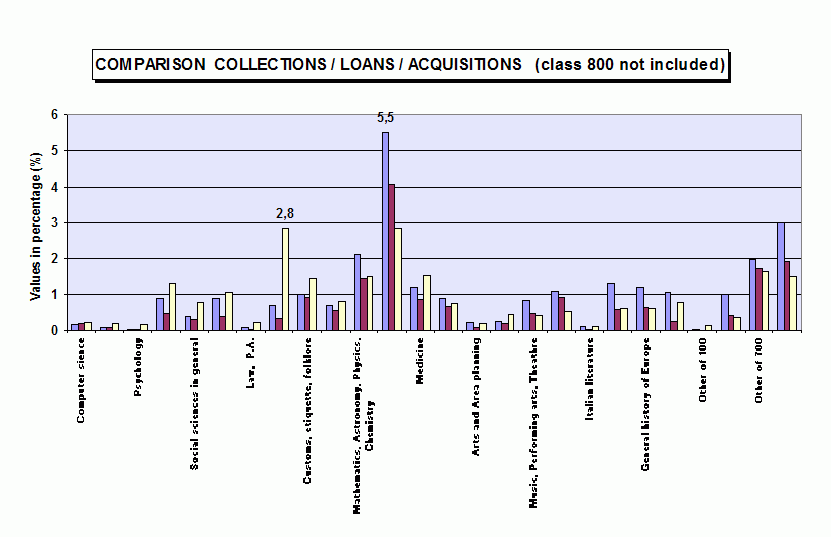
Tab. 6 - Grafico a barra multiple: comparison between collections/loans/acquisitions of the Children Collections of the Vimercatese Library System / Year 2002
e) Definition of systematic procedures of collections evaluation
Collection evaluation will necessarily be part of the collection plan. For this purpose we must define: a) selection protocols; b) frequency and systematic nature of the evaluation; c) systemic storage of low circulation materials, if that.
[1] I refer particularly to: G.Solimine, Le raccolte delle biblioteche: progetto e gestione, Bibliografica, 1999
[2] The work process –coordinated by the Province of Milan/Library Divsion - has resulted in the publication of: Dal libro alle collezioni: proposta operativa per una gestione consapevole delle raccolte; testi di A.Agustoni, A.D'Adda, E.Rivetta, M.Sacchi, M.Sirtori. Revisione scientifica di G.Solimine. Provincia di Milano, 2002.
[3] The Province of Milan is formed by 184 Towns which have at least one public library. Inside the provincial area there are now 7 active library systems: one is made only by the public libraries of the town of Milan, the other 6 include Towns in the suburban area.
[4] The following considerations have a restricted value in the Italian reality, where the activities of coordinating and service offering structures at a national level are few or absent. The following parts of the paper represent arguments developed in: A.Agustoni, La gestione delle raccolte in ottica sistemica in Rinnovare la biblioteca pubblica: riflessioni sulle nuove linee guida Ifla/Unesco, AIB, 2004
[5] For further details see Dal libro alle collezioni, cited.
N.B.: è disponibile anche la versione italiana.